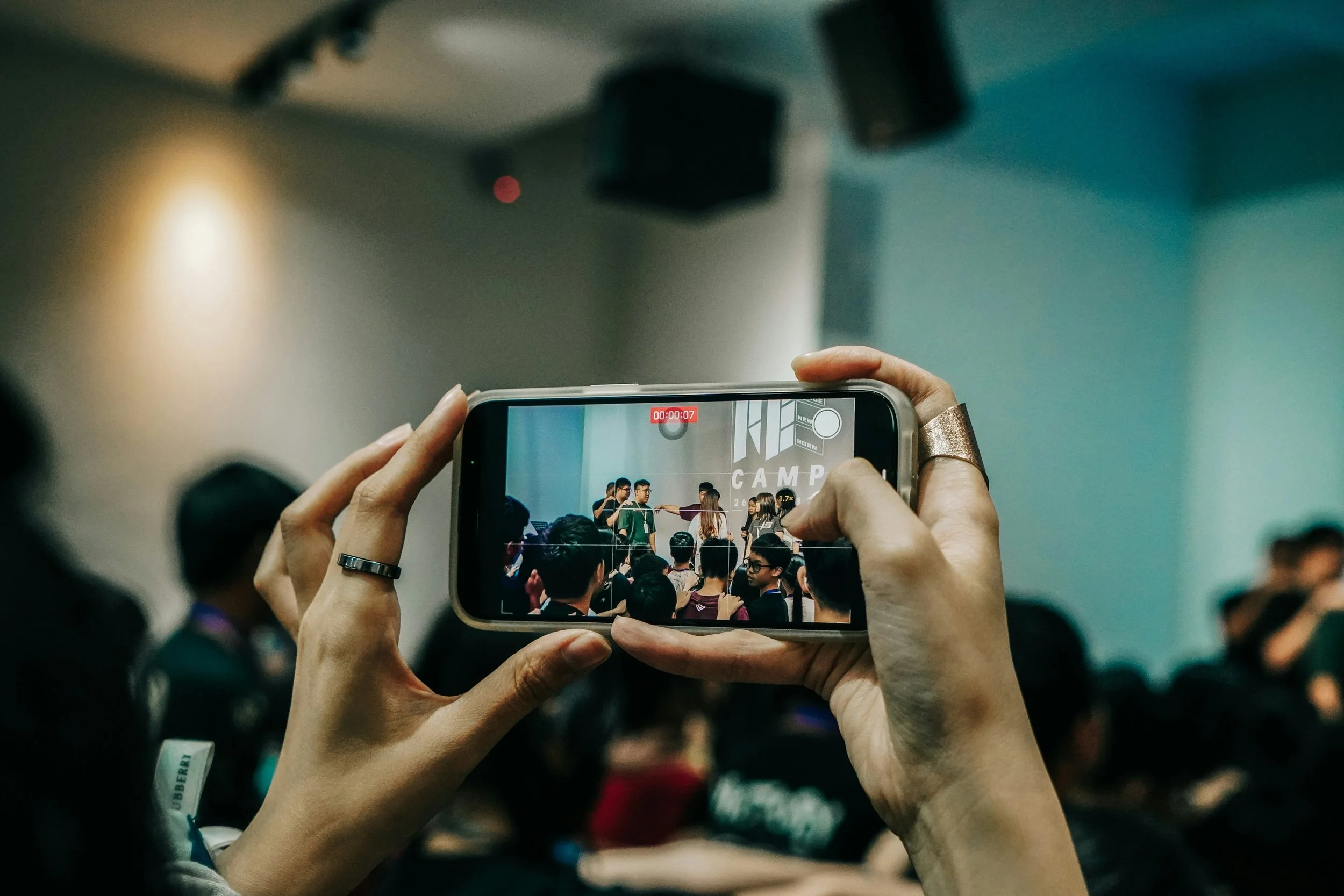Community building as a business model for publishers in Europe
Change in the publishing industry: Why build a community?
The media industry is in a state of upheaval: community building in publishing is increasingly seen as a key factor for success in the digital era. Instead of relying solely on advertising revenue or traditional subscriptions, European publishers are building communities as a business model. The strategic idea behind this is strategic reader loyalty - retaining readers in the long term by offering them more than just content. Online, many people are looking for the feeling of being part of something bigger.
Photo by wenbin sia on Unsplash
Membership models: readers as members and co-creators
A prime example: Krautreporter. The digital magazine launched in 2014 with crowdfunding and gained 15,000 supporters. However, after just one year, almost 70% of supporters had dropped out.
The creators learned: they transformed the simple barter business ("money for articles") into a real community. Members discuss suggested topics, give feedback and actively participate. Today, 86 % of revenue comes from membership fees.
Mediapart (FR) also relies on members instead of advertisements. Over 47,000 paying subscribers use the "Le Club", where they publish their own blog posts - half of all page views come from this community.
With the taz Genossenschaft in the hands of more than 23,000 owners, taz (Die Tageszeitung) has a unique position in the German media landscape. As members of the cooperative, readers not only contribute to the financing, but also actively shape the direction and future of the newspaper.
Crowdfunding and co-creation in book publishing
In the book industry, the British Unbound shows the success of crowdfunding: readers invest in book projects before they are published.
The journalist Dirk von Gehlen relied on this model: supporters were able to read chapters in advance - their feedback was incorporated into the finished manuscript. In this way, the crowd not only becomes a financier, but also a co-creator.
In Germany, models such as Savaara - a co-publishing concept in which readers actively participate in book development. Also moving in this direction is Zoralita new literary society that networks digital and analogue spaces for authors and readers, organizes events and realizes collaborative book projects.
Niche communities and specialist publishers: B2C vs. B2B
A prime example of a community in specialist publishing is Elektor. The publishing house has developed from a magazine into an electronics platform with a community: Members receive access to project databases, discounts and exclusive developer events.
B2C communities focus on identification and discussion - for example on news platforms. B2B communities (such as Elektor), on the other hand, offer networking, training and joint product development - in other words, monetizable added value.
Platform strategies: Where communities live
The choice of platform is crucial. Some publishers rely on their own portals, others use tools such as:
If you want to build your own complete platform with brand loyalty, you will find in Coapp a suitable solution. Coapp enables publishers to manage their community under their own name - including a membership area, event calendar, booking options and content access. Coapp is particularly interesting for media that do not want to be dependent on large platforms, but want to retain control over data, design and community management. This makes Coapp the ideal choice for publishers with a strategic community focus who want to consider platform strategy and monetization from a single source.
Monetization: How media communities pay off
Examples of monetization strategies:
Membership fees: e.g. Krautreporter is 86% financed by memberships
Donations/thank you gifts: e.g. The Guardian
Merchandise: e.g. Elektor Shop with discount for members
Events: Are We Europe organized community events in the Brussels Space
Communities are therefore not only worthwhile in idealistic terms, but also economically - through diversification of income, lower churn rates and higher lifetime value per reader. This is more important than ever, especially in times of shrinking advertising revenues.
Conclusion: Community-based media as a model for the future
The examples from Europe - from Krautreporter to Mediapart, taz Genossenschaft, Unbound, Are We Europe to Elektor and Zoralit - show this: Communities are not a nice-to-have, but a key strategic asset.
Publishers that focus on digital reader loyalty and community models today are securing sustainable business models and building real proximity to their target group. Coapp supports them in doing just that - with the right platform and strategy for community empowered publishing.

